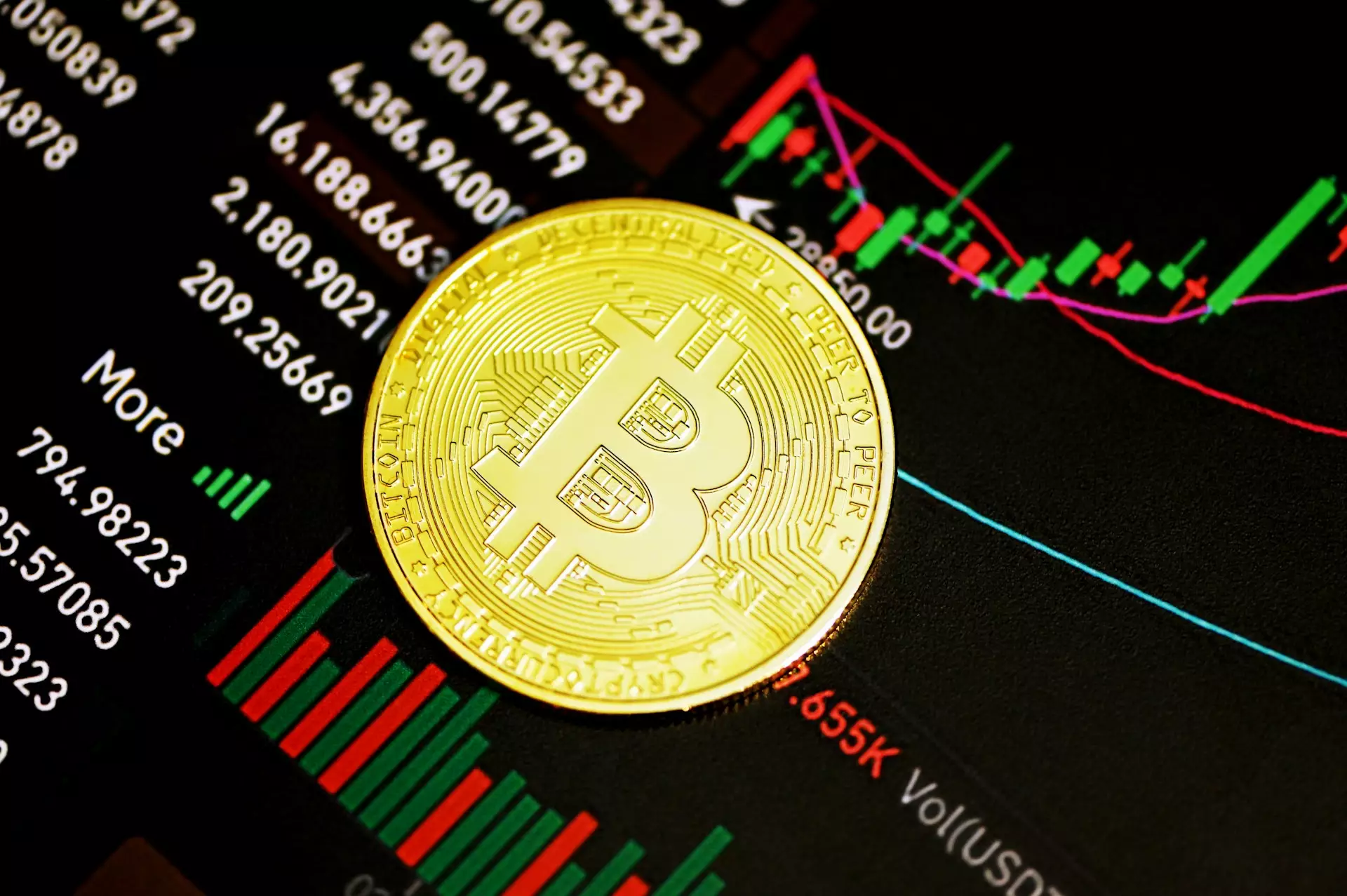In the ever-evolving landscape of cryptocurrency, Bitcoin (BTC) has demonstrated an astounding resilience that commands attention. Recently, the leading cryptocurrency reclaimed a significant psychological threshold, the $100,000 mark, after a period of volatility. This isn’t just another price movement; it symbolizes Bitcoin’s role as a cornerstone in the financial markets. For the past month, it has surged over 23% from around $84,000, reaching a zenith of $105,819, thereby reigniting hope among investors who have weathered the storms of market fluctuations.
The resurgence in Bitcoin’s value underscores a resurgence in market sentiment. Still, it’s essential to recognize that while it appears to be on an upward trajectory, the underlying factors contributing to this surge remain complex and multifaceted. Analysts suggest not only that Bitcoin may trade sideways in the short term but also caution that this could be more than just a temporary plateau.
Technical Indicators and Market Sentiment
As Bitcoin oscillates between significant price levels, the technical indicators reveal a critical narrative. Historically, Bitcoin has trended along certain key levels, notably the newly reclaimed support at the $100,000 marker. This new floor invigorates the market, providing a breeding ground for accumulation. However, the cautionary tone from market analysts, such as Daan Crypto Trades, indicates that Bitcoin has drifted far from substantial liquidity clusters. As a result, the price action should be taken with a grain of skepticism; lack of liquidity often means that any sudden shift could amplify volatility.
For many investors, this has galvanized the importance of closely monitoring the upper resistance at around $106,000. Reports suggest that a failure to break this ceiling could lead to a downturn toward the support level of approximately $93,000. Understanding these market dynamics is imperative; bullish sentiment can evaporate in the blink of an eye if traders fail to recognize the pivotal moments at which they must act.
Global Influences: More Than Just Market Trends
Bitcoin’s intrinsic connection to the broader economic landscape cannot be ignored, especially as it seems to reflect movements in global monetary supply. The analysis by Ted Pillows, who draws correlations between Bitcoin’s price and the Global M2 money supply, shines a spotlight on an often-overlooked aspect of cryptocurrency trading—the macroeconomic factors that influence market behaviors. As the world grapples with challenges like inflation and varying interest rates, Bitcoin remains closely tied to these larger economic currents.
This relationship suggests that Bitcoin may be entering a phase of consolidation before it takes its next leap forward. The idea that it could rally beyond $120,000 is enticing, but it’s important to temper our enthusiasm with realism. Every cycle of growth in Bitcoin’s journey has been fraught with setbacks, and the past is often prologue.
The Patterns of Accumulation: A Deeper Insight
Peering through the lens of technical analysis, Bitcoin is viewed by some experts as entering the final stages of what is termed “Wyckoff accumulation.” This method of understanding market psychology and trader behavior reveals that consolidation above the $100,000 mark is an encouraging sign—yet an air of caution persists. The fear among seasoned investors is driven by the notion that falling below this support could instigate a sell-off, creating a domino effect that could challenge the very legitimacy of Bitcoin’s recent gains.
As a center-right wing liberal, one might understand this volatility in terms of risk versus reward. Here lies the crux; one must ask whether the cyclical nature of Bitcoin translates to a sustainable investment, or merely echoes past bubbles that many had assumed to be different.
The Future of Bitcoin: Potential and Peril
Currently priced at approximately $104,916, Bitcoin remains in a delicate balance. The market seems poised for either a prolonged period of sideways movement or a dramatic breakout—either pathway offers potential reward but carries inherent risks. As market participants speculate on Bitcoin’s next move, it is vital to quantify these shifts not just in economic terms but as reflections of broader confidence in decentralized finance.
The consequences of Bitcoin’s performance at this critical juncture could redefine expectations across both traditional and digital markets. Whether Bitcoin remains a mere speculative asset or cements its status as “digital gold” will ultimately depend on the interplay of market dynamics and prevailing economic conditions. The cryptocurrency sphere is tantalizing, but as with all things that promise remarkable returns, critical thinking must prevail. In the world of Bitcoin, the only sure thing is uncertainty.
















Leave a Reply